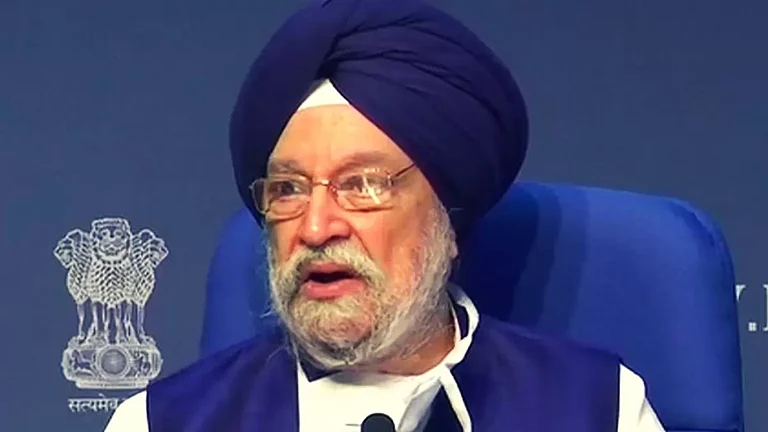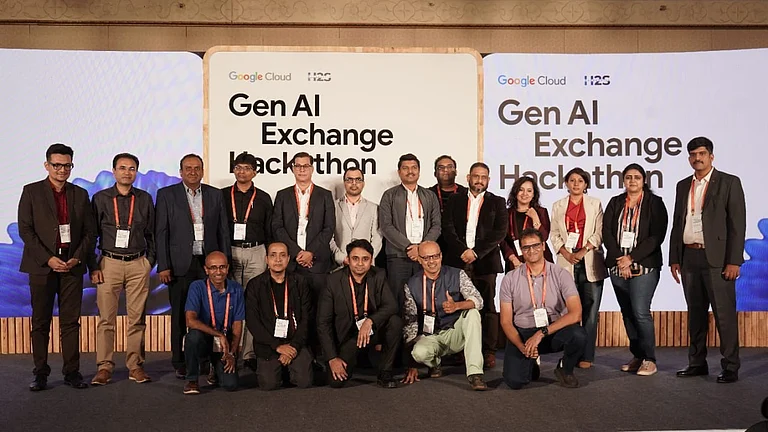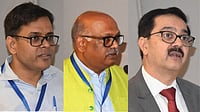The success of his works is not restricted to their academic excellence; it lies in the impact they have had outside the laboratories, in the farms and the fields. His work narrowed the gap between scientific knowledge and its practical application. He consistently advocated for sustainable agriculture, emphasising the delicate balance between human advancement and ecological sustainability.”
—Prime Minister Narendra Modi, in his tribute to M.S. Swaminathan
From being once seen as a country surviving “ship to mouth”—a reference to its dependence on imported foodgrain—to becoming the second largest producer of wheat and rice in the world, India has come a long way, thanks to the Green Revolution of the 1960s that introduced several reforms in the agriculture sector. Its rice and wheat exports in 2021–22 touched $9.65 billion and $2.19 billion.
Spearheading this revolution in the country was Mankombu Sambasivan Swaminathan, a cytogeneticist with a doctorate degree in genetics from Cambridge University and a post-doctoral fellowship from the University of Wisconsin, who became popular as the father of the Green Revolution in India.
Born in Kumbakonam in 1925, to Dr M.K. Sambasivan and Parvati Thangammal, Swaminathan has been credited with rescuing India from the famine in the early 1960s. However, the change he brought about was the result of much more than just a response to a clarion call by the government to deal with the severe food shortage. After the Bengal famine in 1942–43, Swaminathan decided to study agriculture, walking away from familial expectations that he would follow the footsteps of his surgeon father.
In 1963, Swaminathan procured the high-yielding short-stalked wheat and rice specimen that Norman Borlaug, widely known as the father of the green revolution, had developed in Mexico to solve the agriculture crisis. He engineered these with Indian varieties in his gamma gardens, where he exposed crops to gamma irradiation for induced mutation, to develop a new variety that was climatically suitable and soil-wise and responded well to fertilisers. The result was the dwarf wheat variety, Sharbati Sonora, which led to increased food production and food security in the country. For this, he was named the first World Food Prize laureate.
The Responsible Agriculturist
Swaminathan was the chairman of the National Commission on Farmers, president of the Pugwash Conferences on Science and World Affairs, chairman of the high-level panel of experts of the World Committee on Food Security and member of the Rajya Sabha. He was also a former director general of Indian Council of Agricultural Research (ICAR), former director general of International Rice Research Institute, independent chairman of Food and Agriculture Organization and president of Worldwide Fund for Nature.
For his efforts in addressing issues related to food security, poverty and nutrition, Swaminathan received several of India’s highest honours, including the Padma Shri in 1967, Padma Bhushan in 1972 and Padma Vibhushan in 1989. In 1999, Time magazine named him one of the most influential Asians of the century, alongside Mohandas Gandhi, Sukarno, Dalai Lama and Rabindranath Tagore.
Making a Difference
Swaminathan utilised the World Food Prize money to establish the M.S. Swaminathan Research Foundation, an organisation that aims to tackle real-world problems related to agriculture, food and nutrition that rural populations face, using appropriate science and technology solutions in a way that benefits people experiencing poverty, women and nature.
“The triad which brought about the Green Revolution included Lal Bahadur Shastri as the prime minister, C. Subramanian as the agriculture minister and M.S. Swaminathan as the head of the ICAR, an institution which he transformed into a knowledge organisation with its feet on the ground,” recalls Sanjeev Chopra, retired IAS and former director of the Lal Bahadur Shastri National Academy of Administration.
“Without his commitment, passion and ability to lead and educate an entire generation of agriculture scientists, the political vision of making India self-sufficient in agriculture would have never seen the light of the day,” Chopra adds.
Gurdev Singh Khush, the 1996 World Food Prize winner who is also known as the father of the rice revolution, says, “Swaminathan was an inspirational leader who worked towards world food security, alleviating poverty and hunger and creating a prosperous world.”
Citing the Tamil book Kural while paying tribute to Swaminathan, Modi said, “If those who have planned have firmness, they will attain what they have desired the way they have desired.”
B. Shadrach, director of the Commonwealth Educational Media Centre for Asia, who had worked with Swaminathan since 1997 on project Indev (the first ever online development portal of India), TASKNET (Towards South Asia Knowledge Network), etc., says, “He believed in the grassroots and in the Gandhian principles of local governance. He worked hard towards empowering rural citizens by recognising their core competencies and working towards nurturing those. His undaunted and positive approach to solving any complex problem set him apart from others.”
Shadrach adds, “The life lessons we can learn from him include the determination to face any challenge and find solutions through the people on the ground. Although he believed in laboratory scientists to solve problems, he also believed that, when empowered, grassroots people would be able to implement the solutions suggested by scientists.”
Swaminathan proposed a model for a sustainable revolution in which knowledge transfer would be fourfold: from people to people, from people to scientists, from scientists to people and from scientists to scientists, Shadrach recalls.
While he pushed for the Green Revolution as the answer to a massive food crisis, Swaminathan was also aware of its limitations. The Green Revolution could not be seen as sustainable agriculture, he had warned. In a paper titled M.S. Swaminathan: a journey from the frontiers of life sciences to the state of a ‘Zero Hunger’ world, P.C. Kesavan and R.D. Iyer have written that Swaminathan could foresee that the Green Revolution “could degenerate into a Greed Revolution and there-fore, it should be taken as providing only a breathing space.” Now that India is no longer in the throes of hunger, it is time to embrace Swaminathan’s then futuristic suggestion—evergreen revolution—which offers a better and long-lasting solution that pays attention to ecology, is sustainable and most suited to meet the demands of the rising population while conserving biodiversity.






























